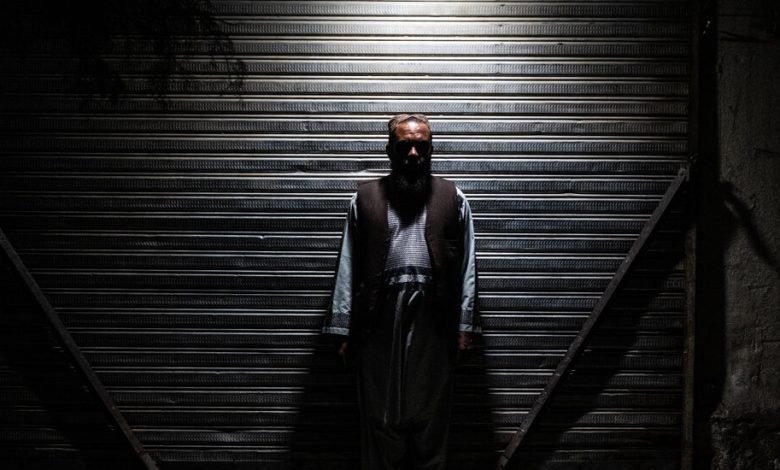Thursday Briefing: How ‘America’s Monster’ Operated in Afghanistan


Fazul Rahman in Kandahar City last year.Credit…Bryan Denton for The New York Times
America’s monster
By Azam Ahmed
I covered the war in Afghanistan and went back after the Taliban took over.
General Abdul Raziq was one of America’s fiercest allies in the fight against the Taliban. He was young and charismatic — a courageous warrior who commanded the loyalty and respect of his men. He helped beat back the Taliban in the crucial battlefield of Kandahar, even as the insurgents advanced across Afghanistan.
But his success, until his 2018 assassination, was built on torture, extrajudicial killing and abduction. In the name of security, he transformed the Kandahar police into a combat force without constraints. His officers, who were trained, armed and paid by the U.S., took no note of human rights or due process, according to a Times investigation into thousands of cases. Most of his victims were never seen again.
Washington’s strategy in Afghanistan aimed to beat the Taliban by winning the hearts and minds of the people it was supposedly fighting for. But Raziq embodied a flaw in that plan. The Americans empowered warlords, corrupt politicians and outright criminals in the name of military expediency. It picked proxies for whom the ends often justified the means.
I’ll explain in today’s newsletter how using men like Raziq drove many Afghans toward the Taliban. And it persuaded others, including those who might have been sympathetic to U.S. goals, that the U.S.-backed central government could not be trusted to fix Afghanistan. If there was ever any chance that the U.S. could uproot the Taliban, the war strategy made it much harder.
A savage campaign
My colleague Matthieu Aikins and I have covered Afghanistan for years. After America’s chaotic withdrawal from Afghanistan, we were suddenly able to visit people and places that were off-limits during the fighting. We traveled there, hoping to learn what really happened during America’s longest war.
Alongside a team of Afghan researchers, we combed through more than 50,000 handwritten complaints kept in ledgers by the former U.S.-backed government of Kandahar. In them, we found the details of almost 2,200 cases of suspected disappearances. From there, we went to hundreds of homes across Kandahar.
